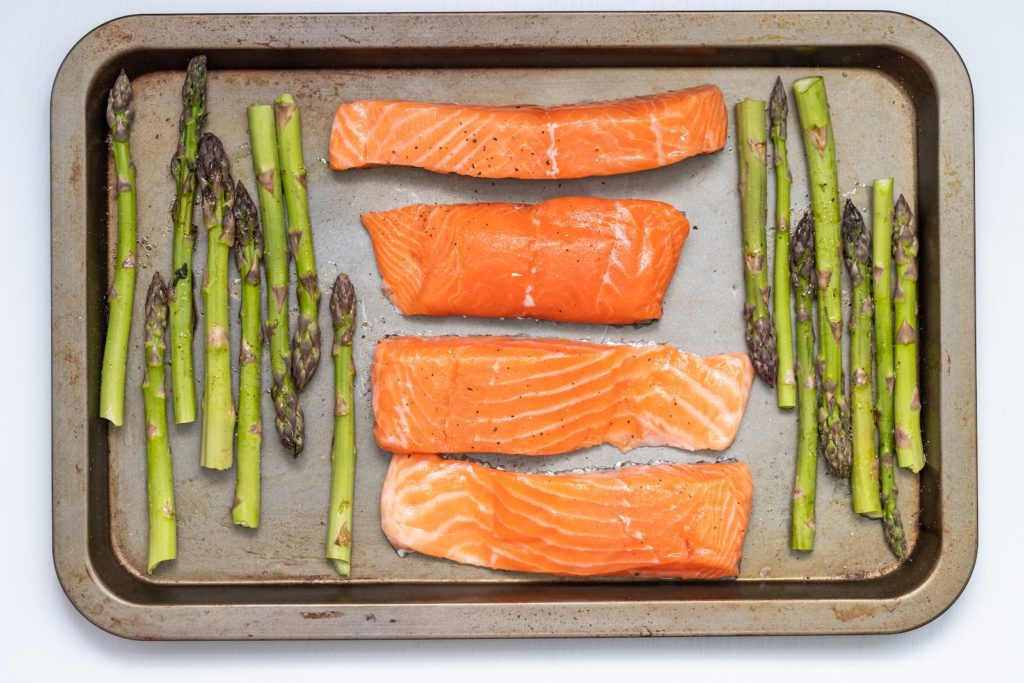Chances are if you have heard of it, you’ve been curious – the Paleo Diet is becoming increasingly popular amongst those looking to lose weight and get healthy. But what actually is the Paleo Diet? How does it work? And is it worth a try? Read on to discover the benefits, principles, and tips for getting the most out of going Paleo.
What is the Paleo Diet?
The Paleo Diet is an ancestral eating pattern that mimics the diet of our caveman ancestors. While there is no single definition of the Paleo Diet, in general, it includes all whole, unprocessed foods that would have been around during the Paleolithic Era, such as fresh fruits and vegetables, nuts and seeds, lean meats, and fish. No refined sugars, grains, or processed foods are allowed.
The Benefits of Going Paleo
The Paleo Diet has been found to offer a range of health benefits, including:
- Eliminating sources of empty calories from processed foods
- Reducing consumption of sugar and carbohydrates
- Increasing consumption of healthy sources of protein and fat
- Promoting better digestive health through increased fiber intake
- Lowering risks of chronic diseases such as diabetes
These benefits make the Paleo Diet an attractive option for those looking to transform their health and achieve their weight loss goals.

The Principles of the Paleo Diet
The Paleo Diet has three main principles:
- Consume Whole Foods: Limit processed foods and instead eat whole, unprocessed foods that were available during the Stone Age.
- Go Organic: Choose organic and grass-fed meat, and avoid dairy products sourced from non-organic farms.
- Listen to Your Body: Pay attention to your body’s needs and reactions. Eat only when you’re Hungry, and don’t be afraid to experiment to see what works best for you.
By following these principles, you can ensure that you are eating a healthy, natural diet free of unhealthy ingredients.
Crafting Your Perfect Paleo Meal
When putting together a Paleo meal, it’s important to think about what ingredients you are using, not just what’s on the plate. A great Paleo meal is one that is balanced with proteins, healthy fats, and plenty of vegetables. Here’s an example of a nutrient-packed Paleo meal:
- Grass-fed steak with roasted sweet potatoes and broccoli
- Coconut-oil-roasted asparagus with garlic cloves
- Organic mixed greens salad with olive oil and balsamic vinegar
By including plenty of vegetables, healthy fats, and proteins, you can ensure that your meal contains all the essential vitamins and minerals your body needs.
Supplements to Round Out Your Diet
Whilst the Paleo Diet does not traditionally rely on supplements, some people may still find adding a few supplements to their routine beneficial. Here are some of the most helpful Paleo-friendly supplements:
- Plant-based omega-3s
- Collagen
- Vitamin D
- Multivitamins
These supplements can help bridge any nutritional gaps in your diet and will ensure that you’re getting everything your body needs on a daily basis.
Getting Started with Going Paleo
Making the decision to follow the Paleo Diet can feel intimidating. But by starting off small, you can make it much easier to maintain long-term.
Begin by removing processed carbohydrates, like bread and pasta, and focusing on adding in more nutrient-rich whole foods, like fruits and vegetables, nuts and seeds, healthy fats, like avocado and coconut oil, and proteins like eggs and lean meats.
As you adjust to the diet, you can cut out added sugars and grains and increase your servings of vegetables.
You may also want to try experimenting with special ingredients like coconut manna, chia seeds, and almond flour, as these can be used to make delicious Paleo-friendly recipes.
If you feel overwhelmed and need help tracking your progress, finding a support group or coach can make this journey easier.
Here’s how to get started:
- Make a list of your favorite Paleo-friendly foods and meals
- Plan your meals in advance and stock up on the necessary ingredients
- Try out some Paleo-approved snacks to keep you full between meals
- Focus on adding more fresh fruits and vegetables to your diet
- Make substitutions where you can, such as swapping regular pasta for zucchini noodles
By taking these steps, you’ll be able to slowly transition to a Paleo diet in a way that you can maintain over time.

Reaping the Rewards of a Paleo Diet
The Paleo Diet has been shown to deliver real results. In addition to promoting physical health, it can help improve mental clarity and reduce cravings.
The Paleo Diet also encourages a sense of overall wellness, helping people stay informed and focused on their overall goals. By avoiding processed foods and focusing on healthy, nutrient-rich foods, the Paleo Diet helps people develop healthier relationships with food and their bodies.
It eliminates the need to count calories or track macros, which takes away some of the stress associated with conventional diets.
Stick with it, and the rewards will be worth it. You may even find yourself coming up with your own creative recipes and enjoying every minute of it.
My Conclusion
The Paleo Diet offers many potential benefits for those looking to improve their health and lose weight. By understanding the principles, crafting your perfect meal, and starting small, you can ease into a Paleo lifestyle and reap the rewards. With the Paleo Primer as a guide, going Paleo could be your ticket to a healthier, happier self.

Leave a Reply